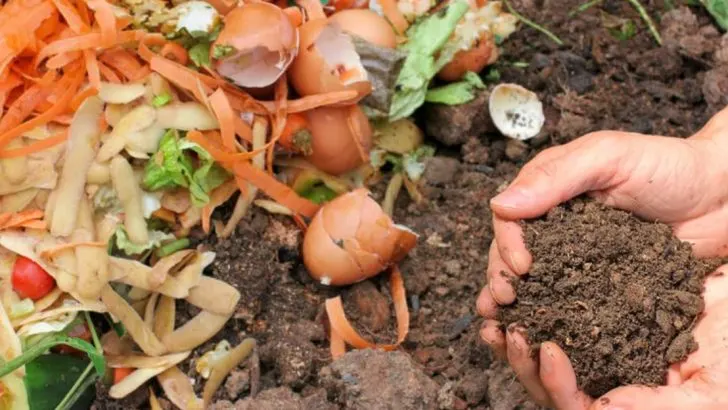Creating a sustainable garden not only helps the environment but also saves you time, money, and resources. By making a few simple changes, you can reduce waste, conserve water, and support local wildlife—all while growing a thriving, beautiful garden.
In this article, we share 17 proven tips to make your garden more sustainable, from composting kitchen scraps and choosing drought-resistant plants to using natural pest control methods. Whether you’re a beginner or an experienced gardener, these eco-friendly strategies will help you cultivate a greener, healthier outdoor space for years to come.
Compost Organic Waste
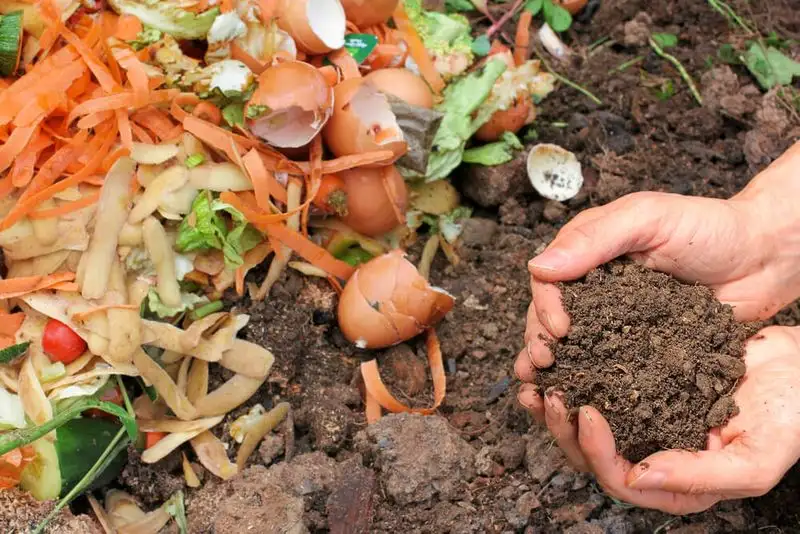
Turning kitchen scraps and yard waste into compost enriches the soil and reduces landfill contributions. Composting provides plants with essential nutrients, enhancing growth naturally. Even in smaller spaces, a simple compost bin or pile can be a source of rich, organic matter for your garden. As decomposition occurs, you’ll notice improved soil structure, which aids in water retention and root development. Composting not only closes the loop on waste but also fosters a healthy garden environment. It’s a straightforward process that requires minimal effort but offers substantial benefits. Embrace composting as a cornerstone of sustainable gardening.
Collect Rainwater
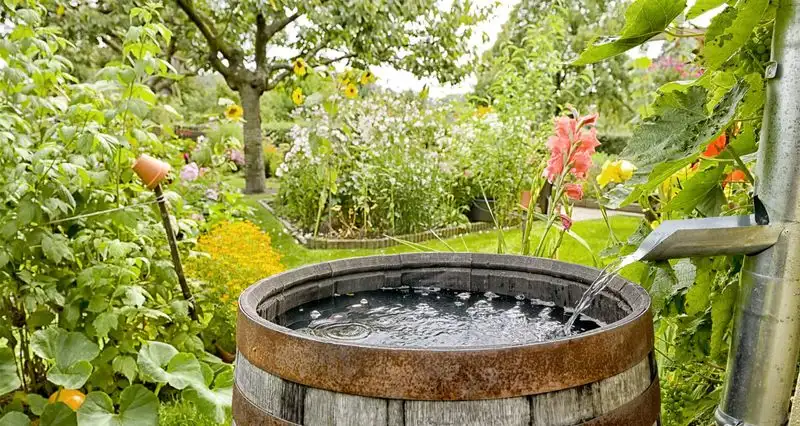
Harvesting rainwater is a smart way to conserve water and nurture your garden. By installing a rain barrel beneath a downspout, you collect free water for your plants. This method reduces reliance on municipal water sources and lowers your utility bills. Rainwater is naturally soft and devoid of chemicals like chlorine, making it ideal for plant health. It’s an accessible strategy that requires minimal setup and maintenance. Besides saving money, you’ll contribute to a more sustainable water management system. Use rainwater to hydrate garden beds, potted plants, and even indoor greenery.
Plant Native Species
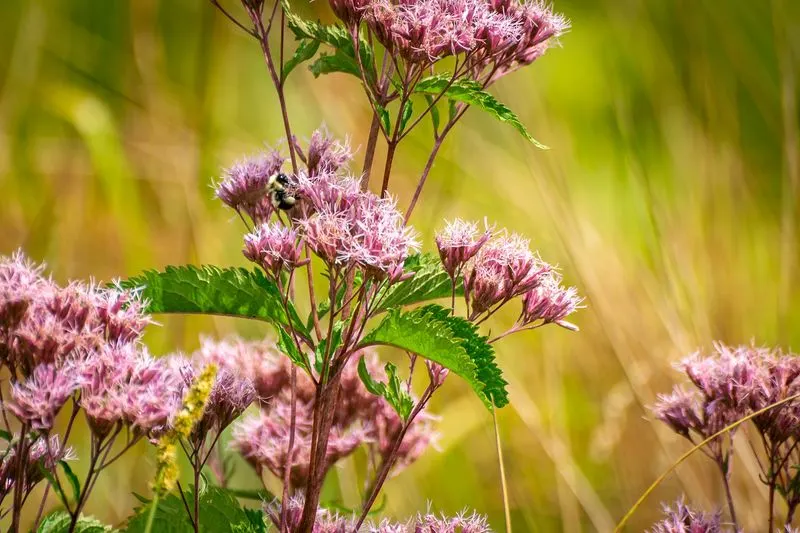
Choosing native plants supports local wildlife and reduces maintenance. Native species are adapted to local conditions, requiring less water and fertilizer. They attract beneficial insects, promoting pollination and pest control naturally. Integrating these plants into your garden fosters biodiversity and provides food and habitat for native fauna. Consider the local climate and soil type when selecting plants. This approach not only beautifies your garden but ensures a resilient ecosystem. Native gardening is an excellent step toward sustainability, enhancing harmony between your garden and its surroundings.
Use Mulch Wisely
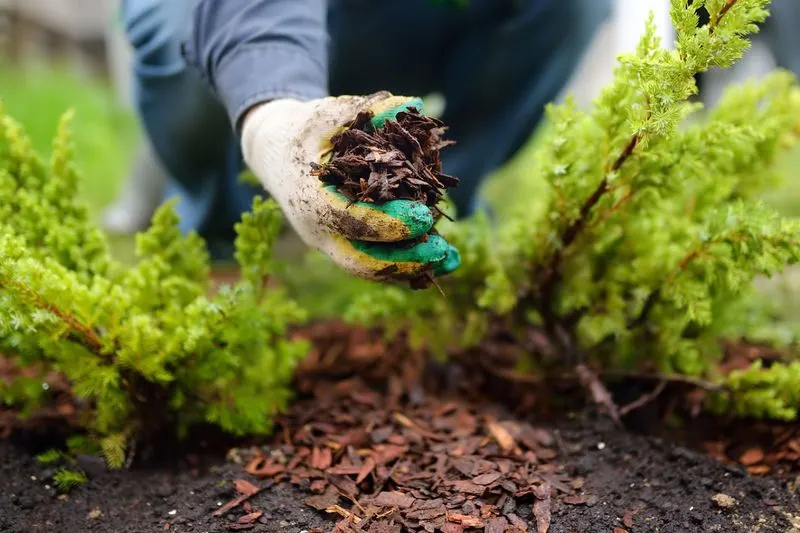
Mulching helps retain moisture, suppress weeds, and enriches the soil as it breaks down. A layer of organic material like wood chips or straw acts as insulation, keeping roots cool and reducing evaporation. This simple practice can significantly cut down on water usage and gardening chores. Mulch also prevents soil erosion and improves fertility over time. As it decomposes, it adds nutrients back into the soil, supporting plant health. Whether for vegetables or flowers, using mulch is an easy way to maintain a sustainable garden.
Implement Companion Planting
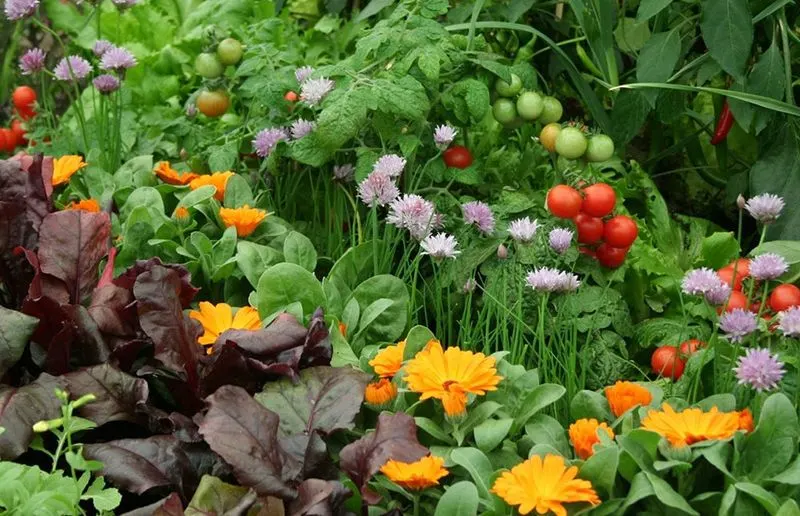
Companion planting involves growing plants together that benefit each other. For instance, basil and tomatoes can enhance each other’s growth and flavor. This technique can deter pests, improve pollination, and maximize space efficiently. By understanding plant relationships, you can create a more productive and harmonious garden. This method also reduces the need for chemical pesticides, promoting a healthier environment. Companion planting encourages biodiversity and can lead to thriving crops. It’s a thoughtful approach that leverages nature’s balance, ensuring your garden flourishes sustainably.
Install a Drip Irrigation System
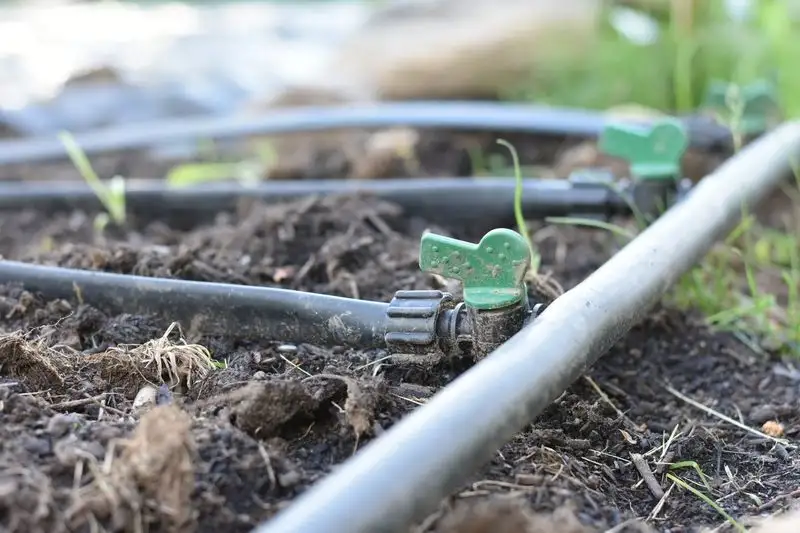
Drip irrigation delivers water directly to plant roots, minimizing evaporation and runoff. This system is efficient, ensuring plants receive consistent moisture without waste. It can be customized to suit various garden layouts and plant types. Installation might require some initial effort, but the savings in water and time are significant. Drip irrigation reduces the need for manual watering, allowing for a more sustainable use of resources. It’s especially beneficial in areas prone to drought. Employing this method contributes to a garden that thrives with optimal water management.
Practice Crop Rotation

Rotating crops helps maintain soil health and prevent pest buildup. By changing plant families each season, you disrupt pest life cycles and reduce disease prevalence. This method balances nutrient demands on the soil, minimizing the need for synthetic fertilizers. Planning a rotation schedule is simple and can lead to more robust yields. It’s a practice that supports sustainable agriculture by enhancing soil fertility naturally. Crop rotation is a time-tested strategy that promotes a dynamic and resilient gardening ecosystem. Adopting this practice ensures long-term productivity for your garden.
Choose Perennials Over Annuals
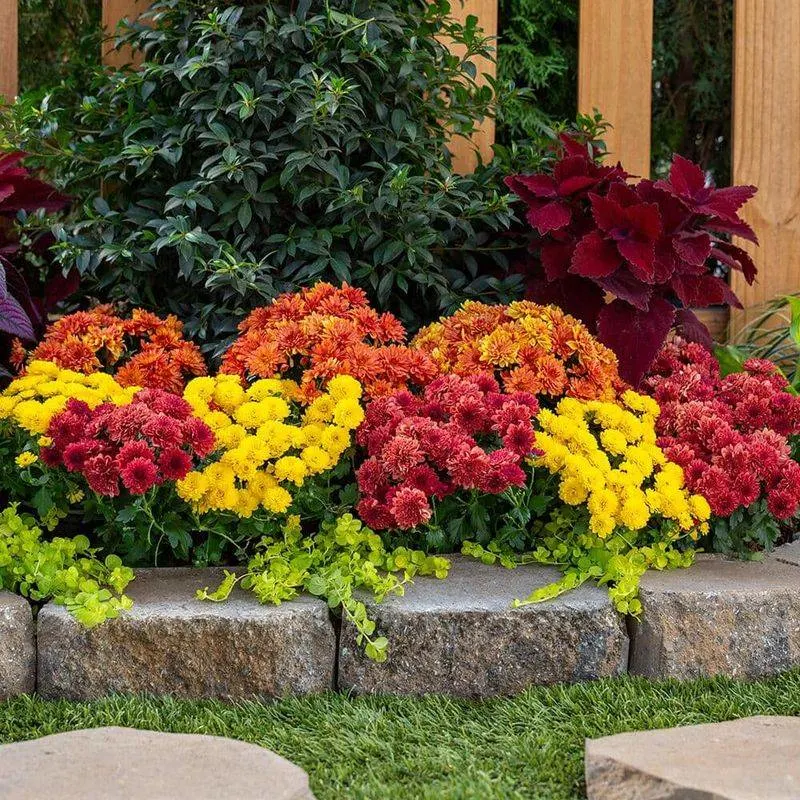
Perennials return year after year, reducing the need for replanting and soil disturbance. These plants offer a long-lasting impact, requiring less maintenance and resources over time. They provide continuous habitat for wildlife and can improve soil structure as they establish. Once settled, perennials contribute to a stable garden environment, fostering resilience and sustainability. They come in various colors and forms, adding beauty throughout the seasons. Opting for perennials can lead to a more sustainable and thriving garden. This choice supports a perennial cycle of growth and renewal.
Encourage Beneficial Insects
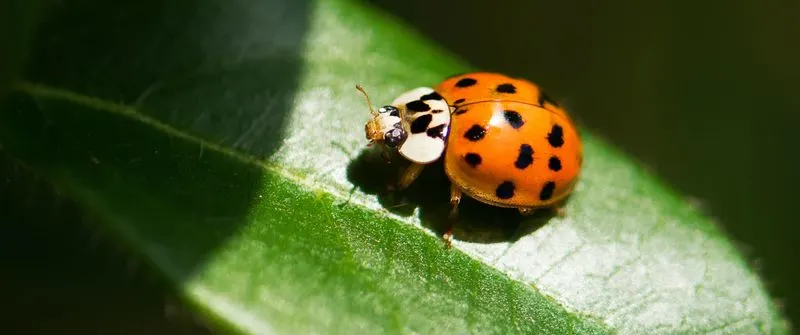
Invite beneficial insects like ladybugs and lacewings to naturally manage pest populations. These insects prey on harmful pests, reducing the need for chemical interventions. Providing habitats with diverse plantings and undisturbed areas can attract these helpful creatures. Creating a hospitable environment encourages biodiversity and supports natural pest control mechanisms. This approach minimizes the reliance on pesticides, promoting an eco-friendly garden. Encouraging beneficial insects is a proactive step towards a sustainable gardening practice. Their presence indicates a balanced ecosystem, contributing to healthier plant growth.
Use Organic Fertilizers
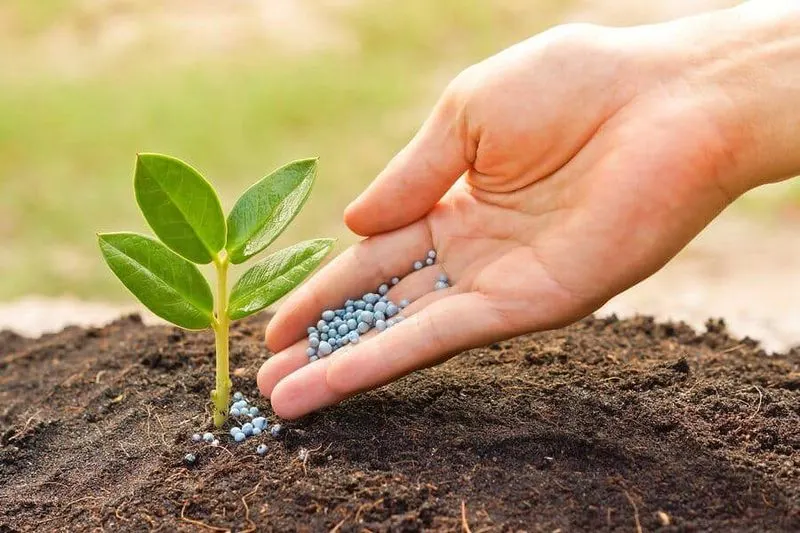
Organic fertilizers nourish plants without harmful chemicals, enriching the soil naturally. Derived from plant or animal matter, these fertilizers enhance soil health and encourage microbial activity. They release nutrients slowly, ensuring a steady supply for plants. Opting for organic over synthetic fertilizers reduces chemical runoff and environmental impact. It’s a choice that supports sustainable agriculture and enhances garden vitality. Whether in granular or liquid form, organic fertilizers contribute to a thriving garden ecosystem. They promote long-term soil health and plant resilience, fostering a rich growing environment.
Reduce Lawn Area
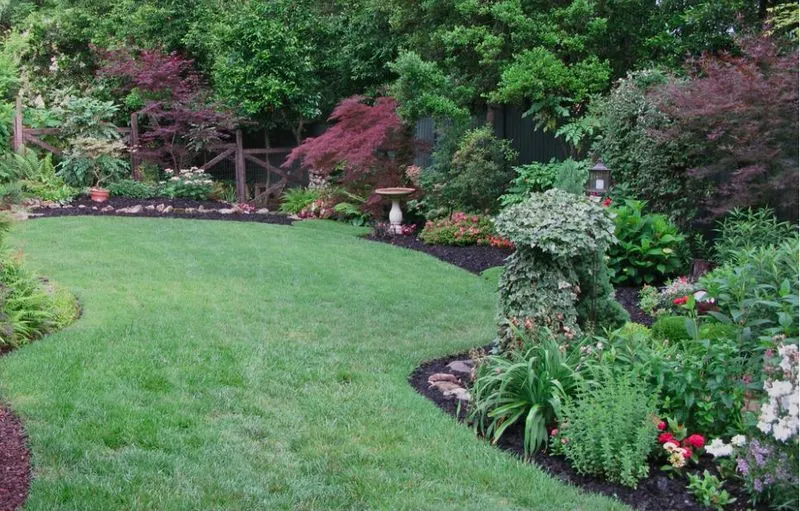
Lawns demand significant water, fertilizers, and time. By downsizing lawn areas, you conserve resources and create opportunities for diverse plantings. Replacing lawns with native gardens, meadows, or vegetable beds can enhance biodiversity and offer a habitat for wildlife. This shift reduces maintenance and supports a more sustainable landscape. Creating garden beds or adding water features can transform spaces into vibrant ecosystems. A smaller lawn footprint minimizes environmental impact and promotes sustainable gardening. Embracing this change encourages creativity and ecological mindfulness in garden design.
Incorporate Vertical Gardening
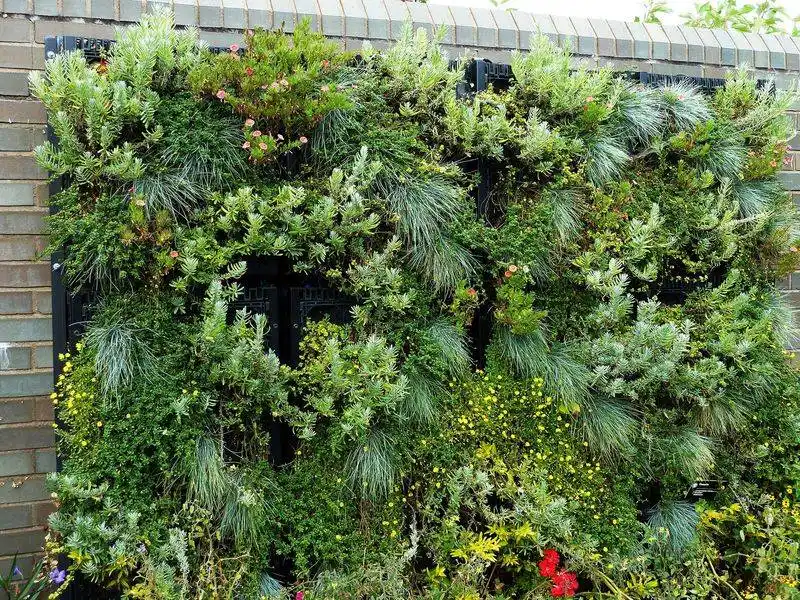
Vertical gardening maximizes space, making it ideal for small areas. Growing plants upward rather than outward is efficient and visually appealing. This method can include wall planters, trellises, or hanging gardens. It allows for diverse plantings and easy access for care and harvesting. Vertical gardens can also provide shade and improve air quality, contributing to a healthier environment. They offer an innovative way to garden sustainably, even in urban settings. Incorporating vertical elements can transform limited spaces into productive, green areas. This approach blends creativity with environmental consciousness.
Utilize Greywater Systems
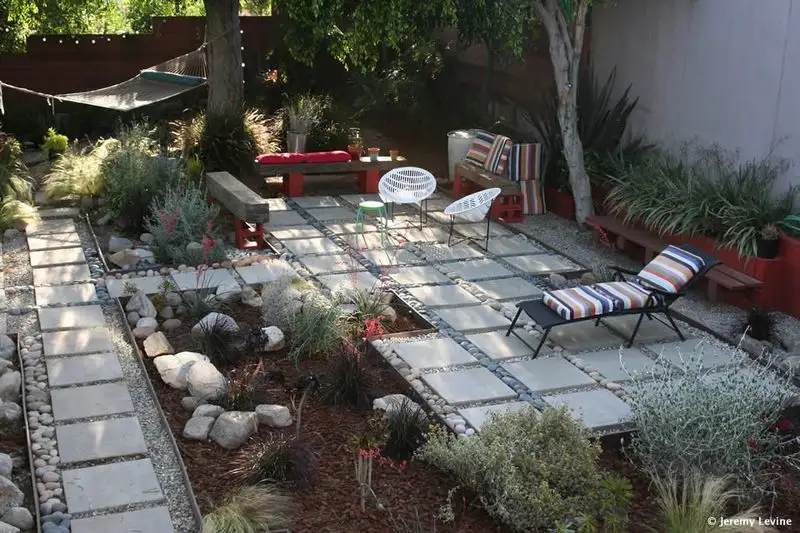
Recycling greywater for irrigation conserves water and reduces waste. By redirecting water from baths, sinks, or washing machines, you provide your garden with a sustainable hydration source. Greywater systems require careful planning to ensure safety and efficiency. They reduce dependency on fresh water supplies, cutting down utility costs. Implementing such systems reflects a commitment to environmental stewardship. This method supports responsible water use and promotes sustainability. Greywater recycling can be a valuable addition to water conservation strategies in gardening. It represents a thoughtful, eco-friendly approach to resource management.
Invest in Solar Garden Lights
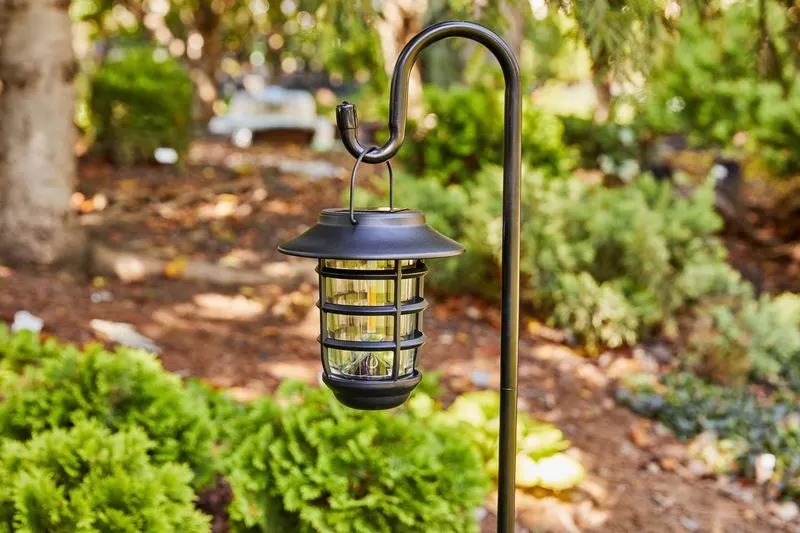
Solar lights provide eco-friendly illumination for your garden, harnessing the sun’s energy. They eliminate the need for electricity, reducing utility bills and environmental impact. Installation is simple, with no wiring required, making them accessible for any gardener. Solar lights charge during the day and automatically illuminate at night, enhancing safety and ambiance. They offer a sustainable alternative to traditional lighting, contributing to energy conservation. This choice reflects a commitment to reducing carbon footprints. Solar garden lights are both practical and environmentally conscious, lighting the way to a greener future.
Plant a Living Fence
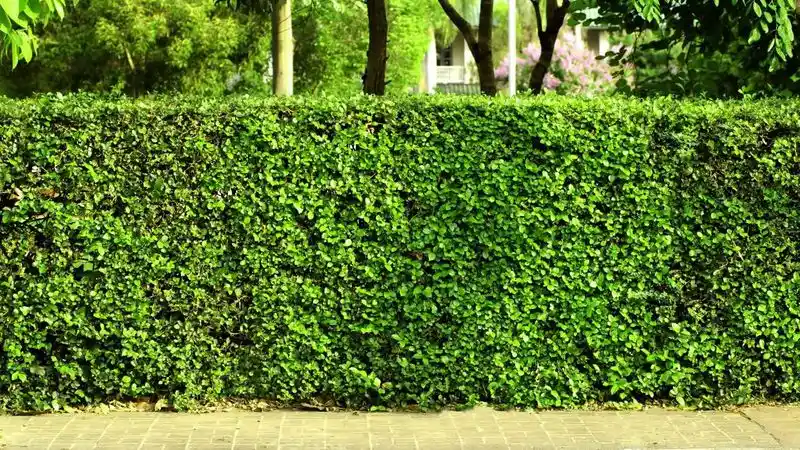
Living fences offer privacy, wind protection, and habitat for wildlife. Made from dense plantings of shrubs or trees, they are a natural alternative to traditional fencing. These green barriers can enhance aesthetic appeal and provide year-round interest. Living fences help define garden boundaries while supporting biodiversity. As they mature, they contribute to the local ecosystem, offering shelter and food for various species. Choosing a living fence aligns with sustainable landscaping practices. It’s an investment in both beauty and environmental health, fostering a harmonious relationship with nature.
Switch to Manual Tools

Manual garden tools save energy and reduce emissions compared to their powered counterparts. Tools like push mowers, hand pruners, and rakes offer eco-friendly alternatives to gas-powered equipment. They promote physical activity and provide a closer connection to your gardening tasks. Using manual tools reduces noise pollution and fosters a tranquil gardening environment. This shift reflects a commitment to sustainability, encouraging more mindful interactions with nature. Manual tools require less maintenance and have a longer lifespan. Embracing them is a step toward a greener, more sustainable garden.

